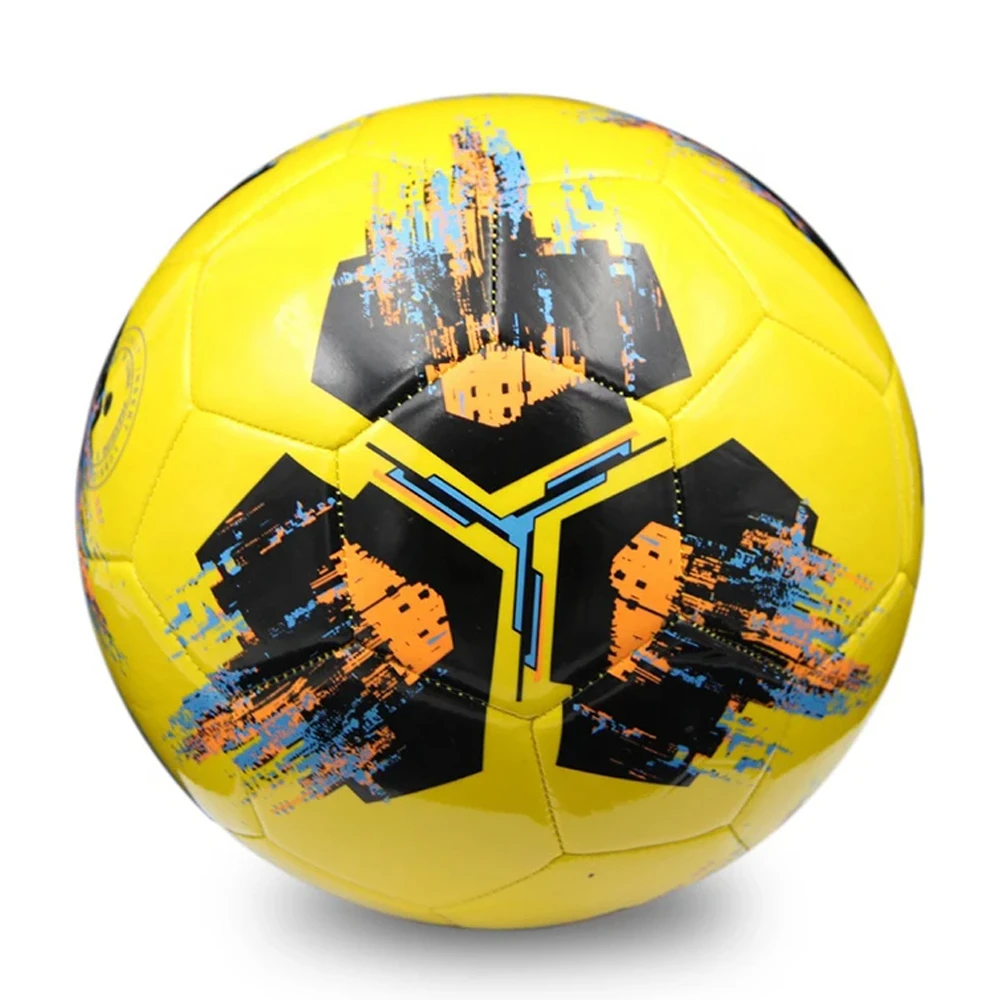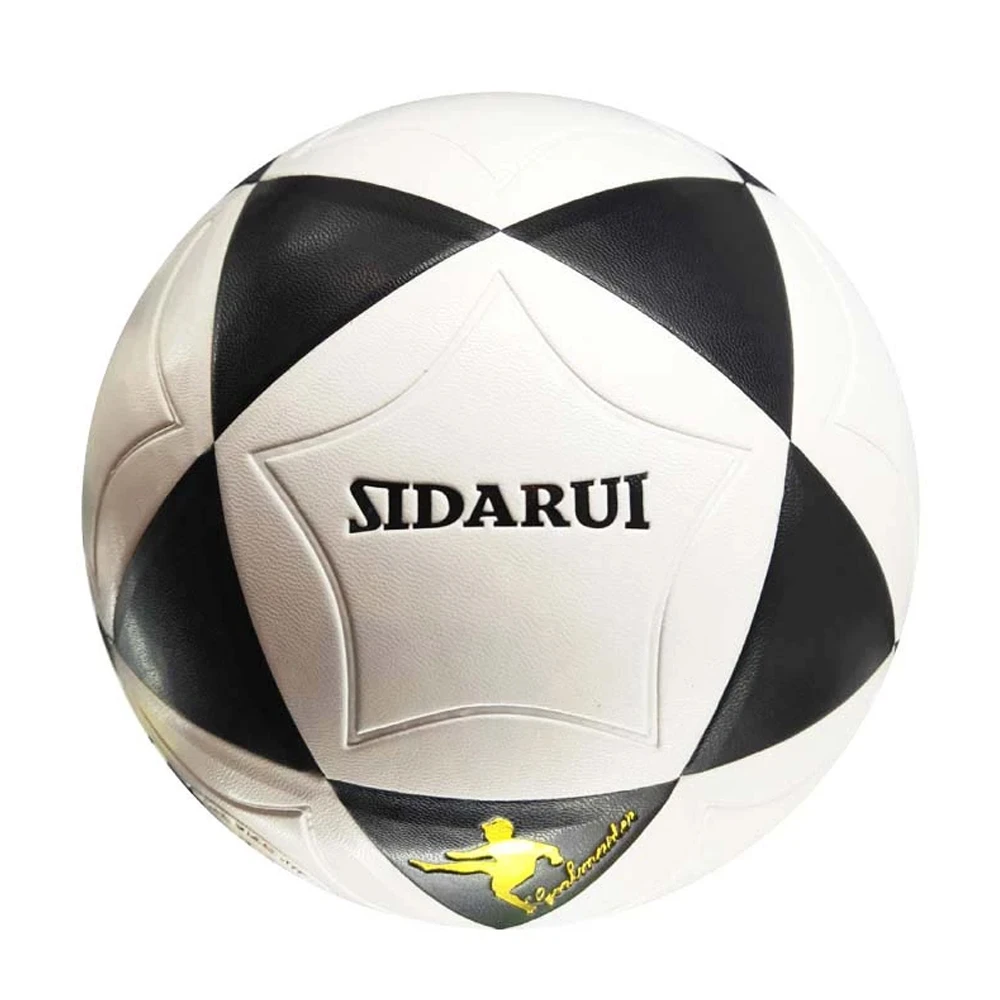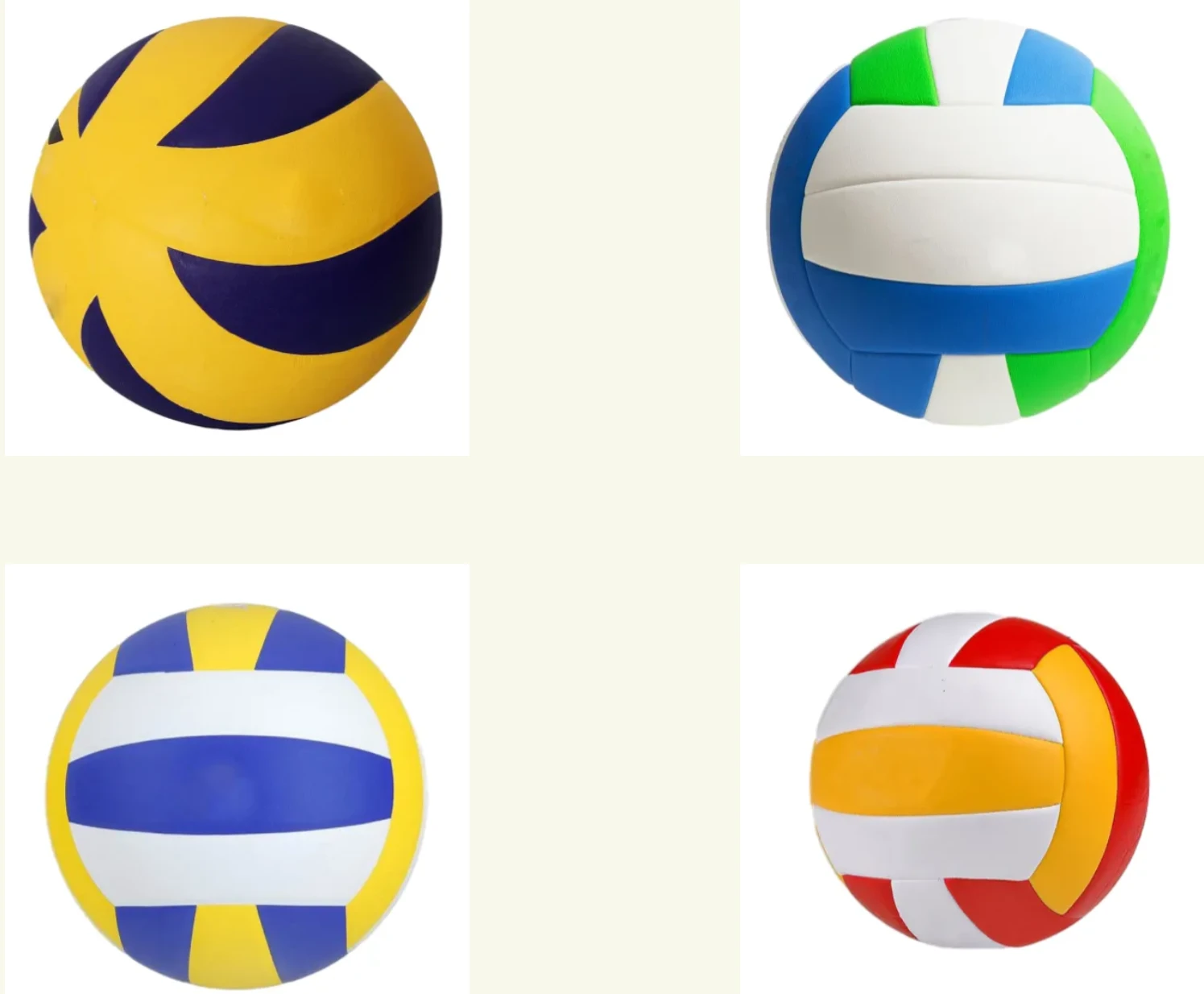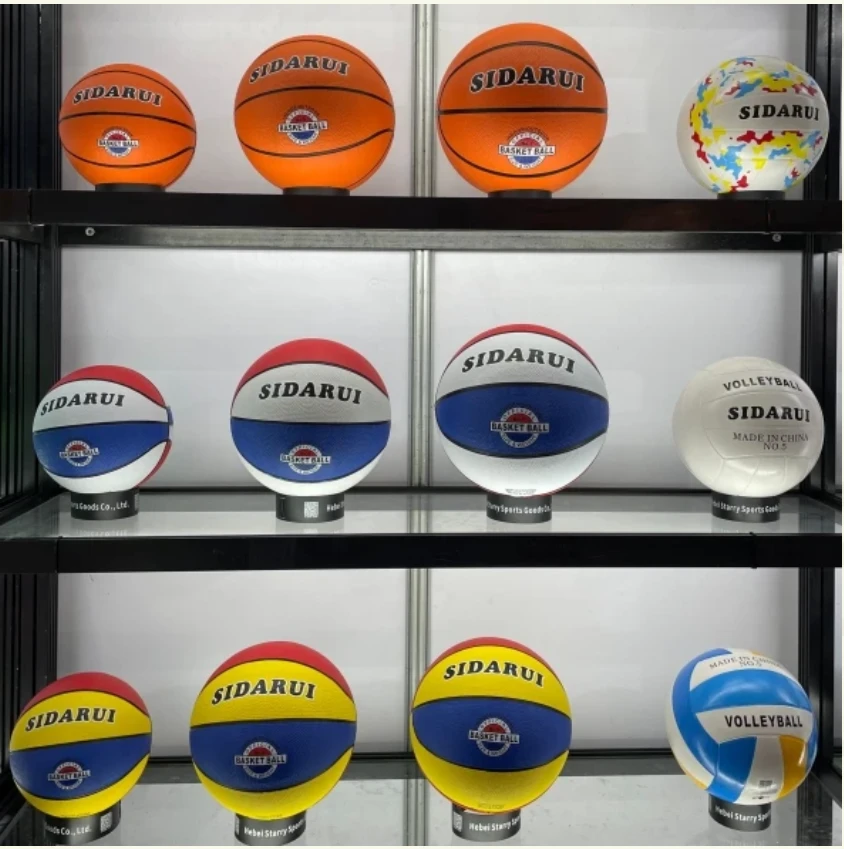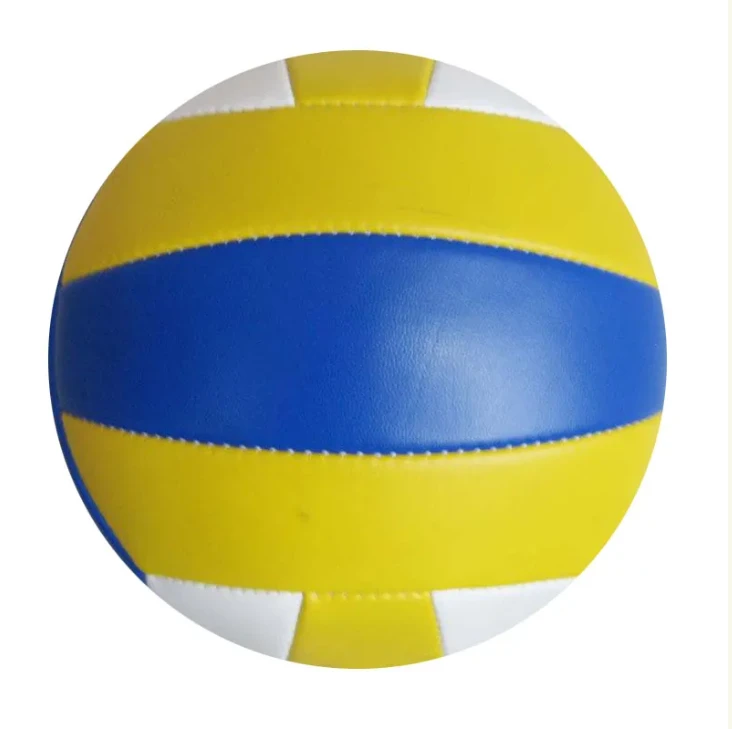Choosing the right soccer ball is pivotal for young players stepping onto the field. At first glance, soccer balls may appear similar, but their size, weight, and materials can play a significant role in a child’s development and enjoyment of the game. This brings us to youth soccer ball size 4—an ideal option tailored for budding athletes.

Understanding the nuances of the size 4 soccer ball is crucial for parents, coaches, and clubs aiming to nurture young talent. Youth soccer balls are typically categorized into various sizes, each suited to different age groups and levels of play. A size 4 ball, with a circumference of 25-26 inches and weighing between 350-390 grams, is designed explicitly for children aged 8 to 12. This size provides a perfect balance, allowing young players to develop their skill set, technique, and confidence on the field more effectively than larger or smaller alternatives.
The journey of soccer development at a young age is not just about running around a field chasing a ball. It involves learning essential skills such as dribbling, passing, and shooting. A size 4 ball is proportionally weighted for young players, enabling a better grip with their feet and a more natural kicking motion. This expertly engineered size aids in fostering crucial interaction between the child and the ball, something that is less intuitive with larger, adult-sized soccer balls.
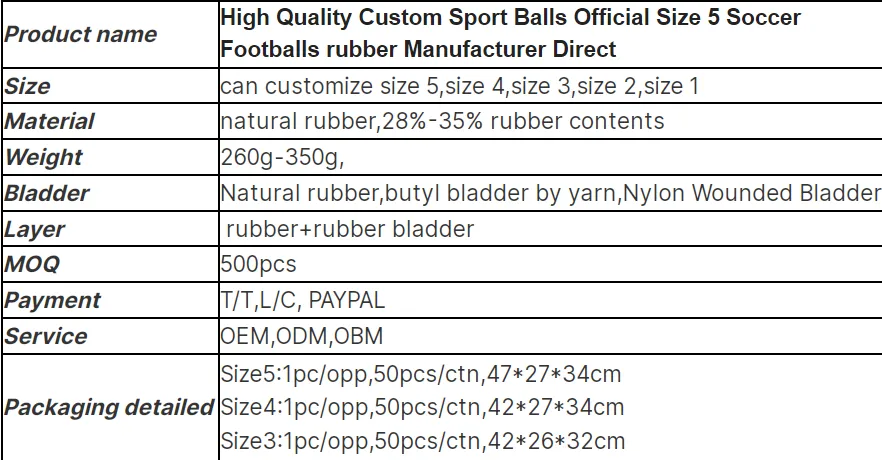
Beyond just its size, the construction of the size 4 ball holds importance. Materials matter. Youth soccer balls are predominantly made from synthetic materials such as polyurethane or PVC. Polyurethane is slightly softer and offers better flexibility, making it ideal for youth play as it reduces the chance of injury upon impact. Conversely, PVC balls, though more durable, might be harder, necessitating a balance between longevity and player comfort.
Further underlining the importance of this choice, reputable sporting bodies and brands provide guidelines and follow rigorous testing protocols to ensure that these balls meet specific standards. For example, FIFA-approved balls are rigorously tested for circumference, sphericity, rebound, weight, and water absorption to guarantee consistent performance. Choosing a size 4 ball adhering to these standards assures parents and coaches of its quality and reliability.
youth soccer ball size 4
Moreover, involving children in the choice of their soccer ball can be a rewarding step. Engagement can inspire enthusiasm and a sense of ownership over their sporting journey. Letting them experience the feel of a size 4 ball, test its bounce and try basic techniques with it can ensure they feel comfortable and confident during official play.
Coaches should educate parents about the meticulous selection process involved in choosing the right ball. Misinformation or ignoring this step can lead to incorrect purchases, potentially stunting a child's development and even causing discouragement. Emphasizing expertise in the selection aids in trust-building, showing that safety and the young athletes’ growth are taken seriously.
Finally, it’s essential for those purchasing to remember the environmental considerations. Quality balls can be more expensive but investing in a durable size 4 ball reduces the frequency of replacement, making it an environmentally friendlier choice. Reputable manufacturers often have eco-friendly production processes as well, making it worthwhile to research the background before making a purchase.
In conclusion, youth soccer ball size 4 is not just a minor detail in fostering young athletes’ growth—it's a cornerstone. From promoting skill development to ensuring safety and comfort, the nuances of this size perfectly align with the requirements of children starting their soccer journey. Ensuring this choice is made with careful consideration not only boosts the chances of early success on the field but also helps cultivate a lifelong love for this beautiful game.






